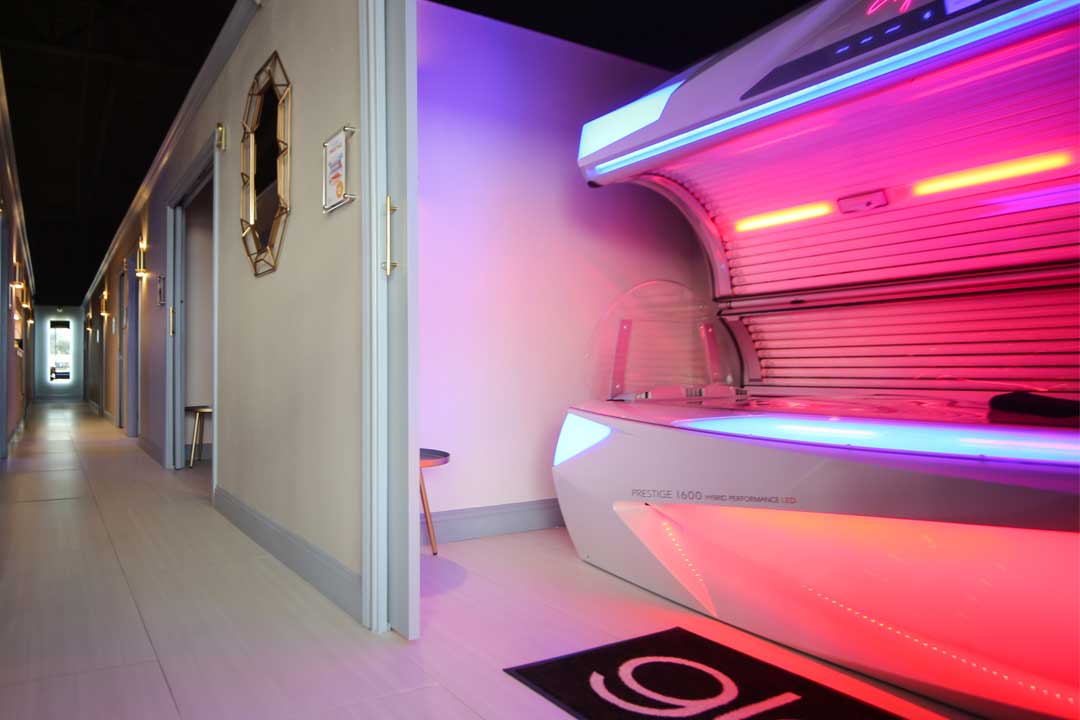Celsius Tannery is now Glo Tanning! Don’t worry, we still have the same local owners & same amazing service. We are thrilled to partner with luxury brand Glo Tanning to offer you more tanning & spa services. Contact us for more details at
We look forward to seeing you soon.

